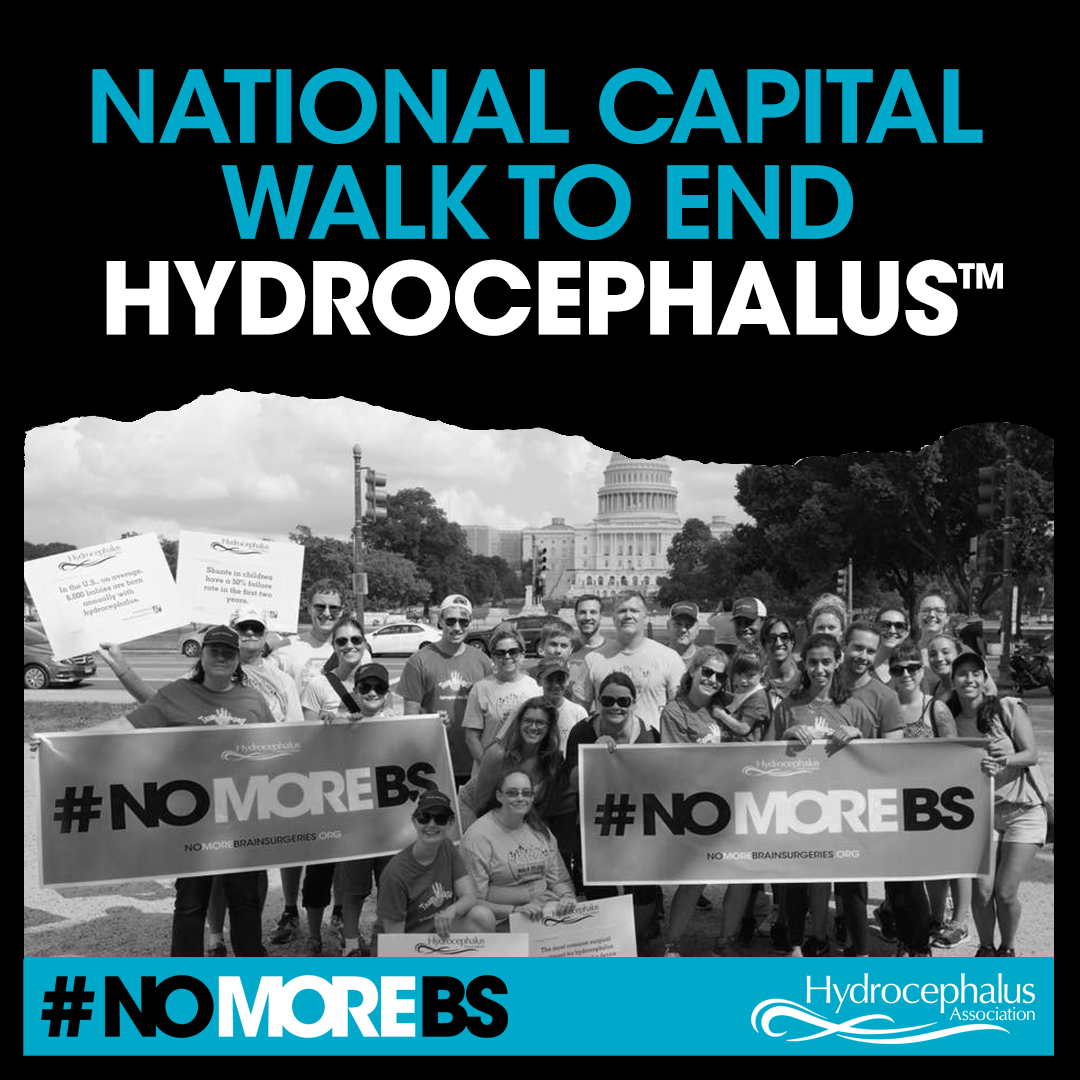
Source: Hydrocephalus Foundation
Peer-to-peer fundraising has exploded in recent years, but many savvy nonprofits are harnessing that momentum and further optimizing their programs to take results that are already growing up another notch.
In her interview of Randi Corey, National Director of Special Events for the Hydrocephalus Association at bbcon earlier this week, Turnkey CEO Katrina VanHuss sought to better understand some of the secrets driving their success. She wanted to know how this organization was able to achieve an incredible 18 percent year-over-year growth in their peer-to-peer fundraising efforts.
About Hydrocephalus
Hydrocephalus is a condition in which there is an accumulation of cerebrospinal fluid (CSF) within the brain, typically causing increased pressure inside the skull. Hydrocephalus affects a wide range of people, from infants and older children to young, middle-aged and older adults.
- Over 1,000,000 people in the United States currently live with hydrocephalus.
- For every 1,000 babies born in this country, one to two will have hydrocephalus.
- Hydrocephalus is the most common reason for brain surgery in children.
- It is estimated that more than 700,000 Americans have Normal Pressure Hydrocephalus (NPH), but less than 20% receive an appropriate diagnosis.
Events are a critical part of Hydrocephalus Association’s programs, helping them both fund their mission but also drive awareness for the condition. Even modest improvements in performance can make a life-changing difference. As VanHuss put it, “Your averages reflect constituents’ experiences with your event. What we are really talking about today is how a pro creates that experience. Our effort today is to give you a real look inside a real pro’s work life, as if you spent 45 minutes with her at the coffee bar or stuck in an elevator.”
The ‘S’ Factor
When asked what the single most important factor was in driving Hydrocephalus Association’s growth, Corey shared in addition to software, the biggest change the organization’s focus on staff. Adding a single resource to their national office allowed Hydrocephalus Association to almost double the number of walks they were able to provide dedicated support for, from 26 to over 40.
This allowed volunteers to focus on logistics while staff was responsible for recruiting well-connected volunteer chairs and for keeping team captains’ motivation high. At Personify, we’ve seen similar trends, especially among organizations whose staff leverage online communities to inspire and engage their own volunteers!
Sharing the Work, Driving Growth
And how does Hydrocephalus Association split the work between their volunteers and staff? Corey reports that volunteer chairs do almost as much as a chapter staff member in coordinating a walk while dedicated Hydrocephalus Association staff focuses on making a successful event as easy as possible. In addition to sharing a comprehensive manual and resource guide with a host of proven templates and ideas, the staff team:
- Handles the technology by creating the fundraising and Facebook pages
- Designs all materials (brochures, posters, “save the date” cards, etc.)
- Manages the recognition gifts program
Volunteers remain responsible for securing sponsorship, recruiting event participants and volunteers, social media promotion and all of the logistics for the site (permits, tents, tables, chairs, refreshments). This allows volunteers to make the most of their limited time – 98 percent of Hydrocephalus Association chairs maintain full-time jobs outside the home while caring for a family member with the disease or themselves have hydrocephalus.
The result? Hydrocephalus Association was able to not only drive recognition and awareness for this rare condition but they also boosted the average fundraising amount per participant to $140. Their average amount for funds raised online was $105 per participant versus the published Blackbaud benchmark of $83. Moreover, in addition to growth in the number of funds raised per participant, Hydrocephalus Association has been able to grow their number of participants 31 percent year-over-year.
